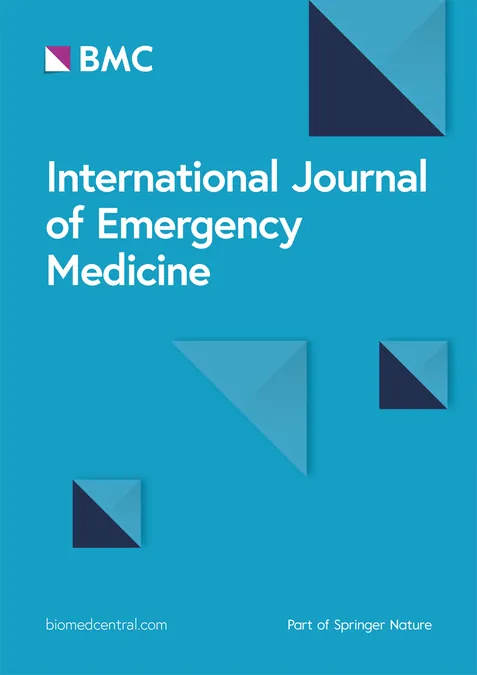
Dangers of Scombroid Syndrome: The Allergic Reaction That Isn’t
2025-07-03
Author: Rajesh
Understanding Scombroid Syndrome
Scombroid syndrome is a surprising health hazard caused by eating fish contaminated with histamine, leading to symptoms that can mimic severe allergic reactions. Unlike true fish allergies, which trigger an immune response, this syndrome arises when bacteria convert histidine in fish into histamine during improper storage. While it accounts for about 5% of food poisoning cases in the U.S., many don’t recognize it.
A Real-Life Case Study
Take, for instance, a 30-year-old woman who thought she was having an allergic reaction after a meal of salmon salad. Within 30 minutes, she experienced facial swelling, a rash, vomiting, and trouble breathing. Despite her distress, she had no prior allergies. Medical protocols activated for anaphylaxis ensued, but her condition wasn’t due to a food allergy—it was scombroid syndrome.
The Anatomy of Scombroid Poisoning
Histamine, the culprit, thrives in fish stored improperly, especially at temperatures conducive to bacterial growth. Fish species like tuna and mackerel are often implicated. Cooking or freezing won’t expunge the histamine, necessitating strict refrigeration throughout the supply chain to prevent outbreaks.
Spotting the Symptoms and Getting the Right Treatment
Symptoms usually appear between 30 minutes to 2 hours after consumption and can include rash, itching, and gastrointestinal distress, often leading to confusion with true allergies. For the woman in our case, she was treated with multiple doses of epinephrine after showing signs of increasing distress. Remarkably, her symptoms were diagnosed as scombroid syndrome later, validated by negative allergy tests.
Crucial Differences Between Scombroid and Allergic Reactions
Identifying scombroid syndrome is vital to avoid unnecessary treatments for anaphylaxis. Key differences are:
1. Speed of Symptom Onset
Fish allergic reactions typically occur almost immediately, while scombroid symptoms can take longer to develop.
2. History of Allergies
Those suffering from scombroid generally have no prior food allergies.
3. Hypotension Rarity
Hypotension is uncommon in scombroid syndrome compared to anaphylaxis.
4. Tryptase Levels
A lack of elevated tryptase levels can also indicate scombroid syndrome.
Insights for Medical Professionals
For healthcare providers, understanding and differentiating between these conditions is essential to delivering proper treatment. While scombroid syndrome generally resolves on its own with antihistamines, overlooking it in favor of treating for anaphylaxis can lead to unnecessary anxiety and medical interventions.
Conclusion: Awareness is Key
As scombroid syndrome is often misdiagnosed, raising awareness is crucial for both medical professionals and the general public. Ensuring proper fish storage and recognizing symptoms early can go a long way in averting complications associated with this fascinating yet potentially serious condition.



 Brasil (PT)
Brasil (PT)
 Canada (EN)
Canada (EN)
 Chile (ES)
Chile (ES)
 Česko (CS)
Česko (CS)
 대한민국 (KO)
대한민국 (KO)
 España (ES)
España (ES)
 France (FR)
France (FR)
 Hong Kong (EN)
Hong Kong (EN)
 Italia (IT)
Italia (IT)
 日本 (JA)
日本 (JA)
 Magyarország (HU)
Magyarország (HU)
 Norge (NO)
Norge (NO)
 Polska (PL)
Polska (PL)
 Schweiz (DE)
Schweiz (DE)
 Singapore (EN)
Singapore (EN)
 Sverige (SV)
Sverige (SV)
 Suomi (FI)
Suomi (FI)
 Türkiye (TR)
Türkiye (TR)
 الإمارات العربية المتحدة (AR)
الإمارات العربية المتحدة (AR)